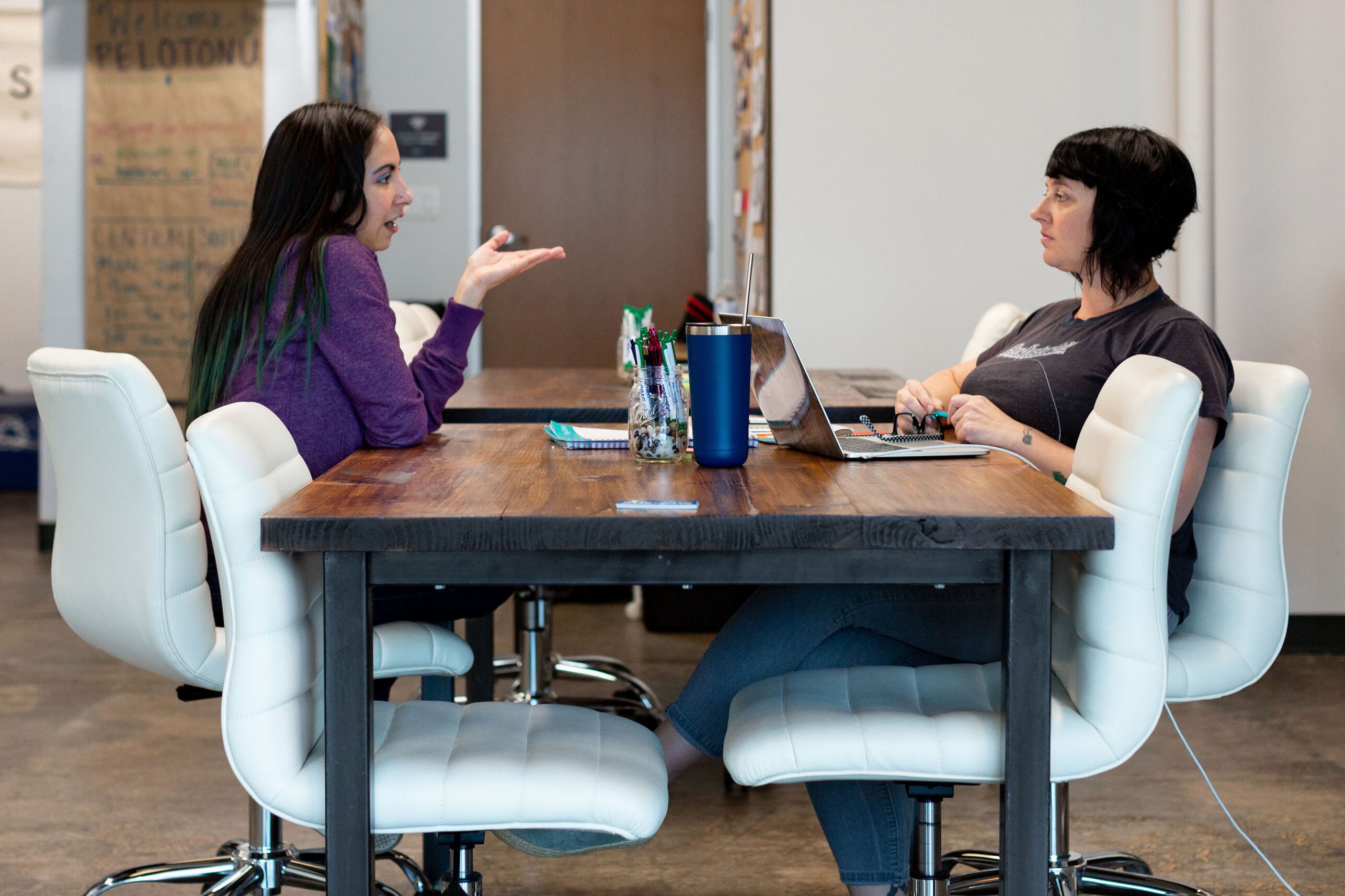For me, it’s “chicken little” syndrome — that’s how my body and brain process grief and trauma these days. If I can just imagine the worst possible COVID-19 scenario and prepare myself for it, then I’ll be okay, I reason.

As many qualified people have pointed out, we’re collectively experiencing grief amid the COVID-19 pandemic. All of our responses are different and sometimes vary within a single day. While tragic and complex, this also puts those of us supporting others — especially in schools and through education nonprofits — in a position to help our students understand their grief so they can survive the pandemic and grow stronger in its wake.
Even on the good days, navigating our role regarding the emotional well-being of our students can feel complex. Some educators are encouraged to keep strict professional boundaries. Others have only a beginner’s understanding of grief and trauma, so they fear saying or doing the wrong thing. This complexity, however, should not stop us from finding appropriate ways to support our students. Beyond demonstrating empathy and care, helping our students navigate grief and trauma right now could have long-term positive effects on our students, schools, and programs.
At PelotonU, an Austin, Texas, nonprofit I co-lead, we help working adults earn college degrees and have seen this play out in how we help students combat shame. Many of our students have had negative education experiences before; their inner shame tapes — I’m too old, it didn’t work last time, I don’t have it together — make learning more difficult. Using strategies from behavioral economics and neuroscience, we help our students quiet those tapes and navigate college logistics (like submitting their financial aid applications or registering for courses) so they can focus on learning. As a result, we’ve found they need far less academic support and persist at significantly higher rates than their peers.
I think of students, such as Jose, who joined our program after 20 years away from school. “You should probably get me a full-time tutor,” he joked with us. But rather than focusing our time on brushing up on math basics or structuring essays, our coaching conversations centered on the complex feelings he had about being 40 and starting college with 0 credits, as well as helping him navigate the rules around financial aid and tuition reimbursement. As he began to believe that he belonged in college and could succeed with support, he started to use more resources at his disposal to close his learning gaps. Jose earned his associate degree in 12 months and is on track to earn his bachelor’s in just shy of four years — all while working full-time.
There are lessons here for teaching in the COVID-19 era. More than usual, students’ brains and bodies are flooded with chemicals signaling “it’s time to panic.” This hijacks their ability to think clearly, self-motivate, or break down complex tasks into achievable steps. If we want our students of any age to persist — whether that means learning to read or passing Algebra 1, or returning for their sophomore year of college — then we need to equip them with tools to process their grief and self-regulate.
That’s because when we experience trauma (and many of us are experiencing this pandemic as such), our brains unleash a wave of chemicals and hormones — shrinking our ability to plan and solve problems shrinks. We also know that for any of us with prior traumas or a high ACE score (a measure of adverse experiences during childhood), we are predisposed to physical and mental health challenges that might be exacerbated during difficult times.
We want our students to thrive on the other side of this pandemic, so we must equip them with tools and techniques to alleviate the mental health impacts of COVID-19. But to help them, we must first be willing to say when we, the helpers, are not okay, to recognize when we’re outside our own window of tolerance, to move our bodies, to get regulated when we need to, and to honor the varied ways we’re all responding to the world we currently live in.
At PelotonU, this began with normalizing the fact that it’s OK not to be OK. We saw this in our first few weeks of quarantine as a staff. We were all “heads down” doing everything we could for students, but quietly wondering why we were struggling. As a co-founder of the organization, I began to open up in a staff meeting. Since then, acknowledging when we’re having hard days is the norm. In addition:
- We share self-care strategies as a community — both students and staff. That includes being vulnerable with the students we coach about our own challenges, but doing so in a way that does not make them feel like they need to care for us.
- We’re using a quick guide to grief and trauma so we can recognize a student’s response and match the right kind and level of support to their challenge — including affordable licensed therapists.
- We’re sharing our research about grief and trauma with students so they can learn to identify their own patterns — and know they’re not alone in feeling “super emotional” or “all over the place” during the pandemic.
- We’re more proactive than usual with reminders and logistical support to ease the cognitive depletion, or what happens when our brains are exhausted and we have a hard time making decisions or managing details.
- We’re sending short emails, targeted resources, and suggesting weekly school goals to aid with choice overload, or the inertia we may feel when overwhelmed by choices.
We’re working hard to help mitigate the impact of the pandemic on the brain. This means extra text reminders, more check-ins, and even assessing students’ living space over Zoom to help them create a good study space. We step in so they can devote their energies to school.
We also know that for some of our students, the right choice right now will be to withdraw. When that happens, though, we want every one of our students to know they have a community to return to when they’re ready — one that cares for them, does not judge their struggles, now or ever, and is invested in their overall well-being. With caring coaches, effective tools, and persistence, we can help each other get through this with our sanity and our graduation goals intact.
Sarah Saxton-Frump is the co-founder and chief operating officer of PelotonU in Austin, Texas. She designed PelotonU’s college completion program and now runs its innovation lab. She worked previously at KIPP Austin Collegiate as a high school teacher and principal.








